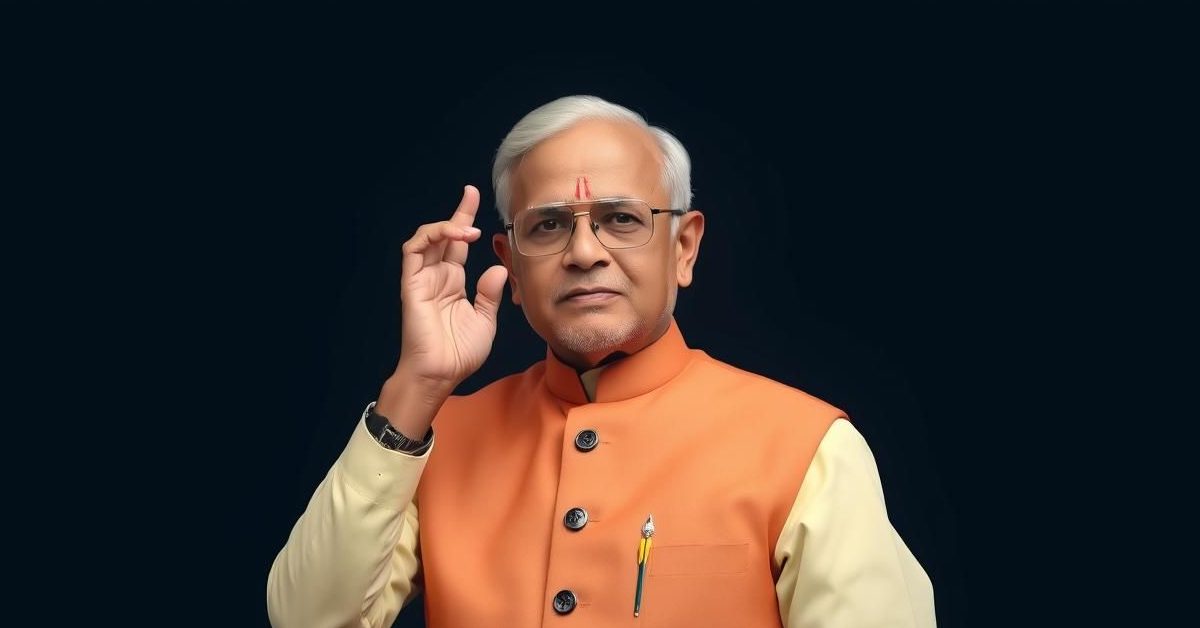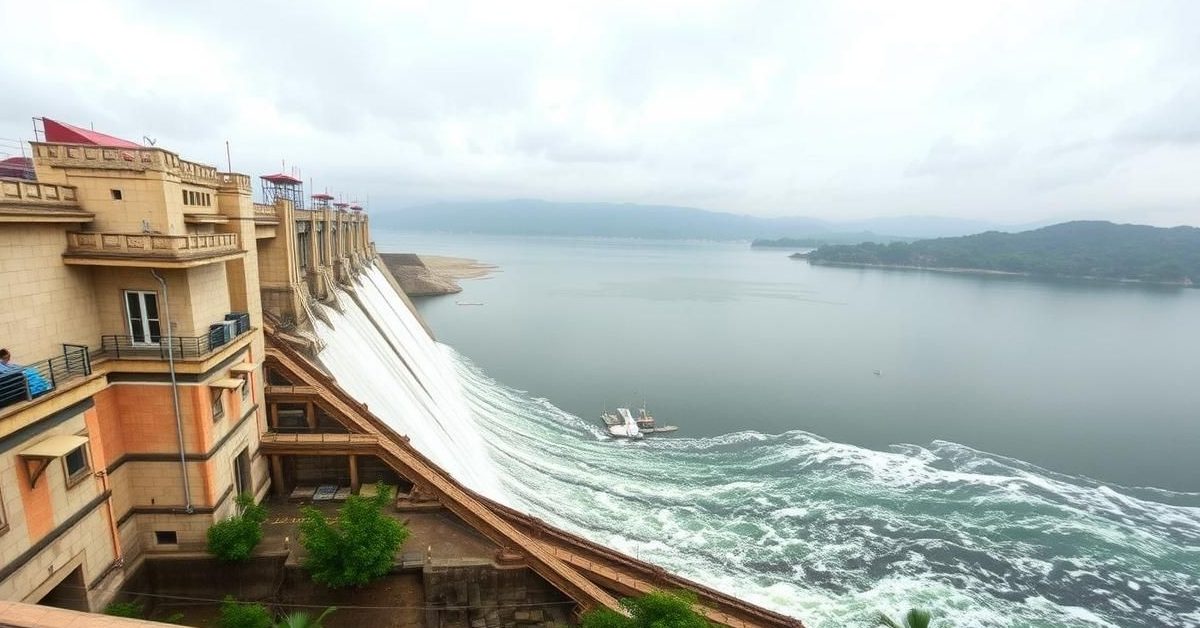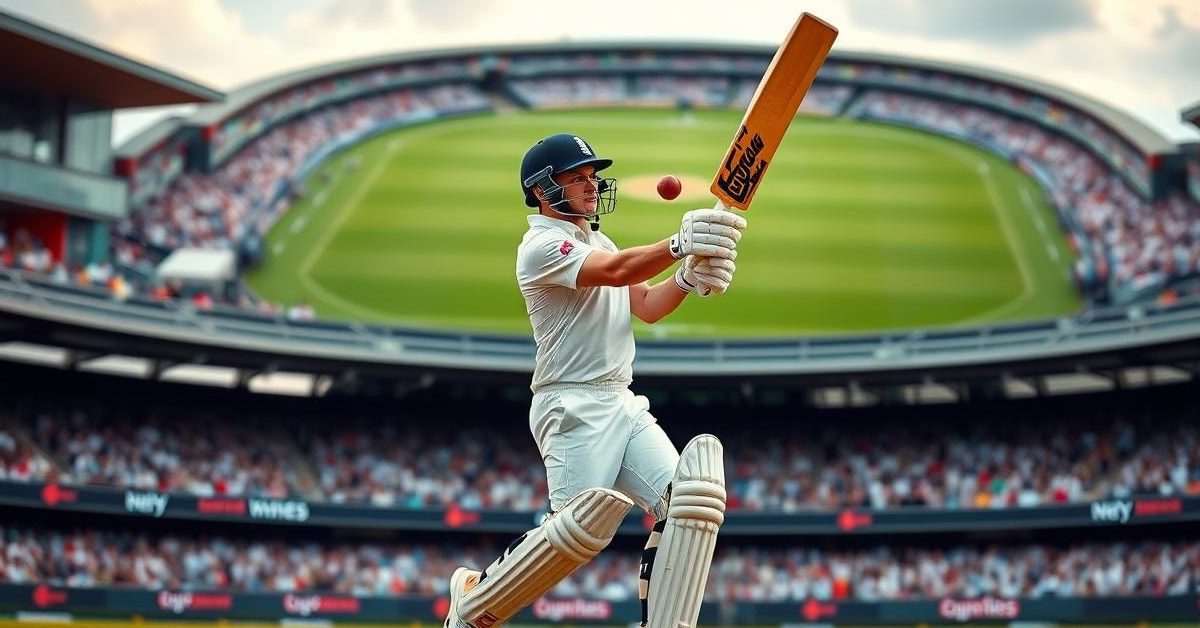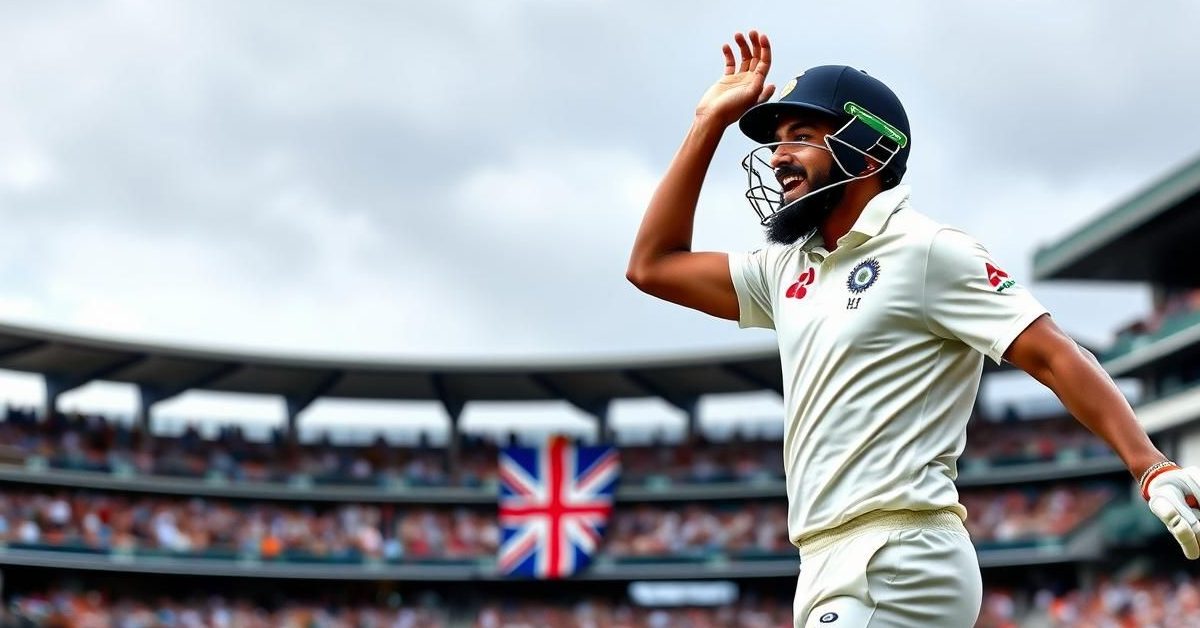The upcoming Vice-Presidential election is crucial, especially for those preparing for the UPSC exam, as it highlights key constitutional roles and electoral processes.
Why the Vice-Presidential Election Matters Now
The Election Commission recently announced that the election for India’s Vice-President will be held on September 9. This follows the unexpected resignation of Jagdeep Dhankhar on July 21.
Mr. Dhankhar, who took office as the 14th Vice-President in August 2022, is only the third in Indian history to resign before completing a full term. Previous instances involved V.V. Giri and R. Venkataraman, both of whom stepped down to contest presidential elections.
The EC has laid out the full schedule: nominations opened on August 7 and closed on August 21, with polling and counting scheduled for September 9.
The Unique Role of India’s Vice-President
The office of the Vice-President in India is a distinct feature of its parliamentary system, unlike many other democracies. It holds the second-highest constitutional authority, directly after the President.
Article 63 of the Constitution clearly states, “there shall be a Vice-President of India.” This lays the foundation for the office’s existence and importance.
A primary duty, outlined in Article 64, is serving as the ex-officio Chairman of the Rajya Sabha, the Council of States. This means the Vice-President manages the proceedings of the Upper House of Parliament.
Furthermore, Article 65 grants the Vice-President the power to discharge presidential functions during the President’s absence, illness, or if the office becomes vacant due to death, resignation, or removal. In such scenarios, the Vice-President assumes all presidential powers and privileges until a new President takes office.
It is important to note that the Constitution does not directly specify who performs the Vice-President’s duties if that office itself falls vacant. However, the Deputy Chairman or another authorised member can manage the duties of the Rajya Sabha Chairman.
Understanding the Election Process
To be eligible for the Vice-Presidential post, a candidate must be an Indian citizen, at least 35 years old, and a registered voter in any state or Union Territory. They cannot be a member of either House of Parliament or a State Legislature.
A nomination requires the support of at least 20 Members of Parliament (MPs) as proposers and another 20 MPs as seconders. The Vice-President serves a five-year term, as per Article 67, but can continue in office until a successor is appointed.
The Vice-President can resign by submitting a letter to the President. They can also be removed from office by a resolution in the Rajya Sabha, passed by a majority of its members, and agreed upon by the Lok Sabha.
The electoral college for this election includes all members of Parliament: elected and nominated members from both the Rajya Sabha and the Lok Sabha. Unlike the presidential election, members from state legislatures are not part of this electoral college.
Voting occurs via secret ballot, utilizing a system of proportional representation with a single transferable vote. Each MP’s vote carries equal value, without any weightage system based on state population.
To win, a candidate must secure a specific quota of votes, calculated by dividing the total valid votes by two and adding one. If no candidate reaches this quota in the first round, the candidate with the fewest votes is eliminated, and their second-preference votes are redistributed until someone achieves the required quota.
Key Facts About Vice-Presidents
- Jagdeep Dhankhar is the third Vice-President to resign before completing his term.
- The Vice-President acts as the ex-officio Chairman of the Rajya Sabha.
- The Vice-President can assume the President’s duties in case of a vacancy or inability.
- The electoral college for the Vice-Presidential election comprises only Members of Parliament.
- Voting is by proportional representation with a single transferable vote, with all MP votes having equal value.
Vice-President vs. President: Election Differences
While both are high constitutional offices, their election processes differ significantly. The President is elected by an electoral college that includes elected MPs from both Houses of Parliament AND elected MLAs from state legislatures and Union Territories of Delhi and Puducherry.
In the Presidential election, the votes are weighted. The value of an MLA’s vote varies depending on the population of their state (based on the 1971 Census), ensuring representation proportionality. However, in the Vice-Presidential election, all MP votes carry equal weight.















